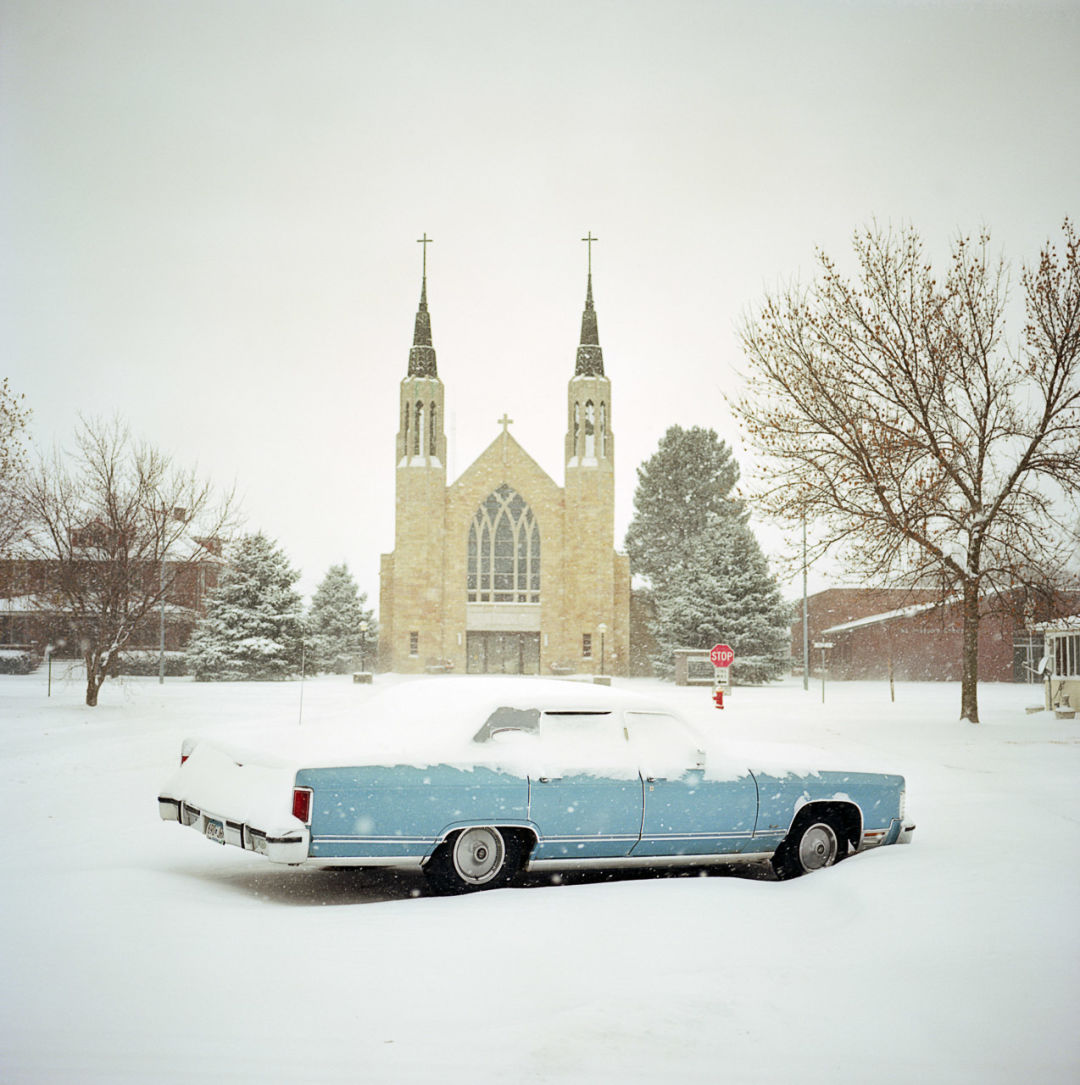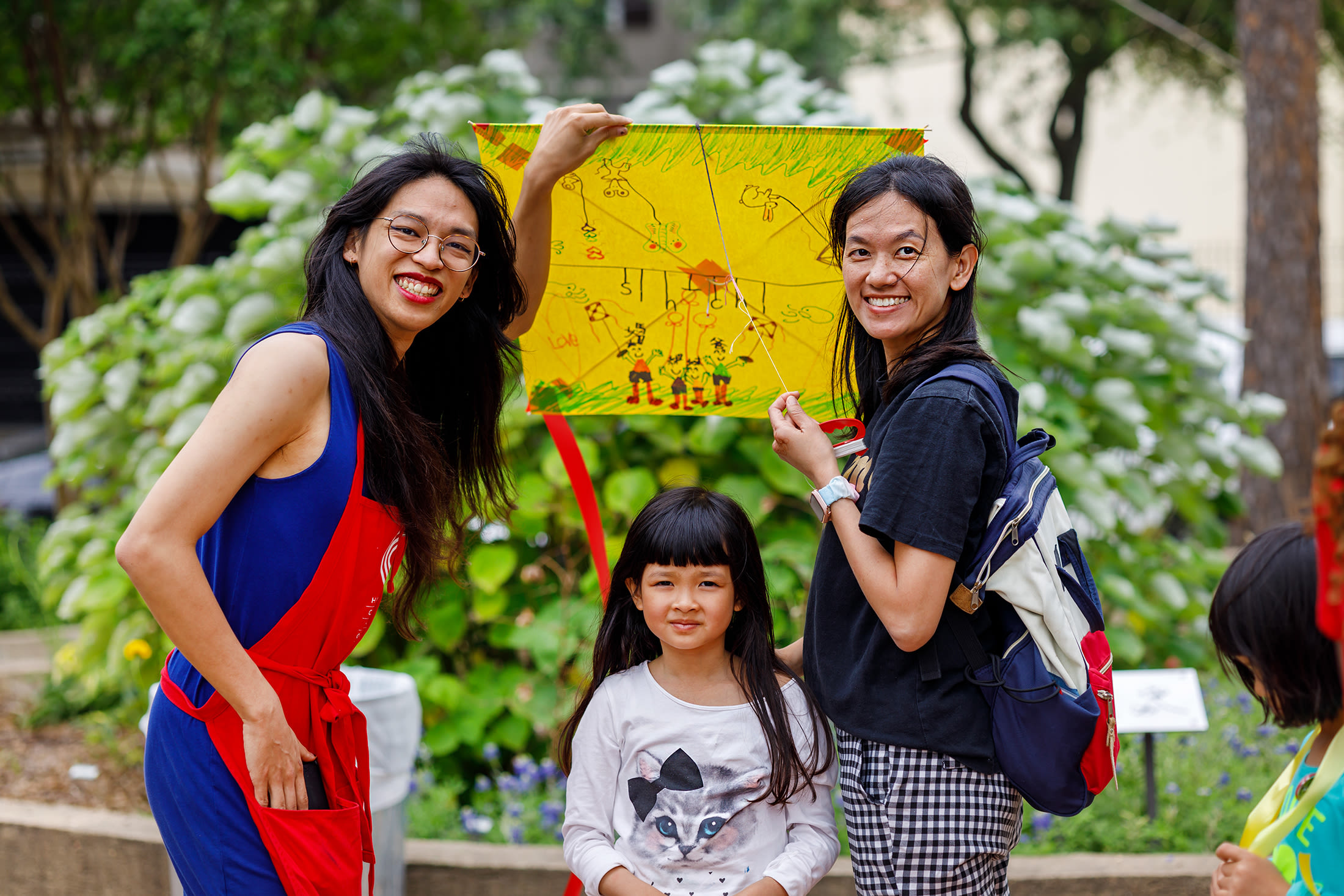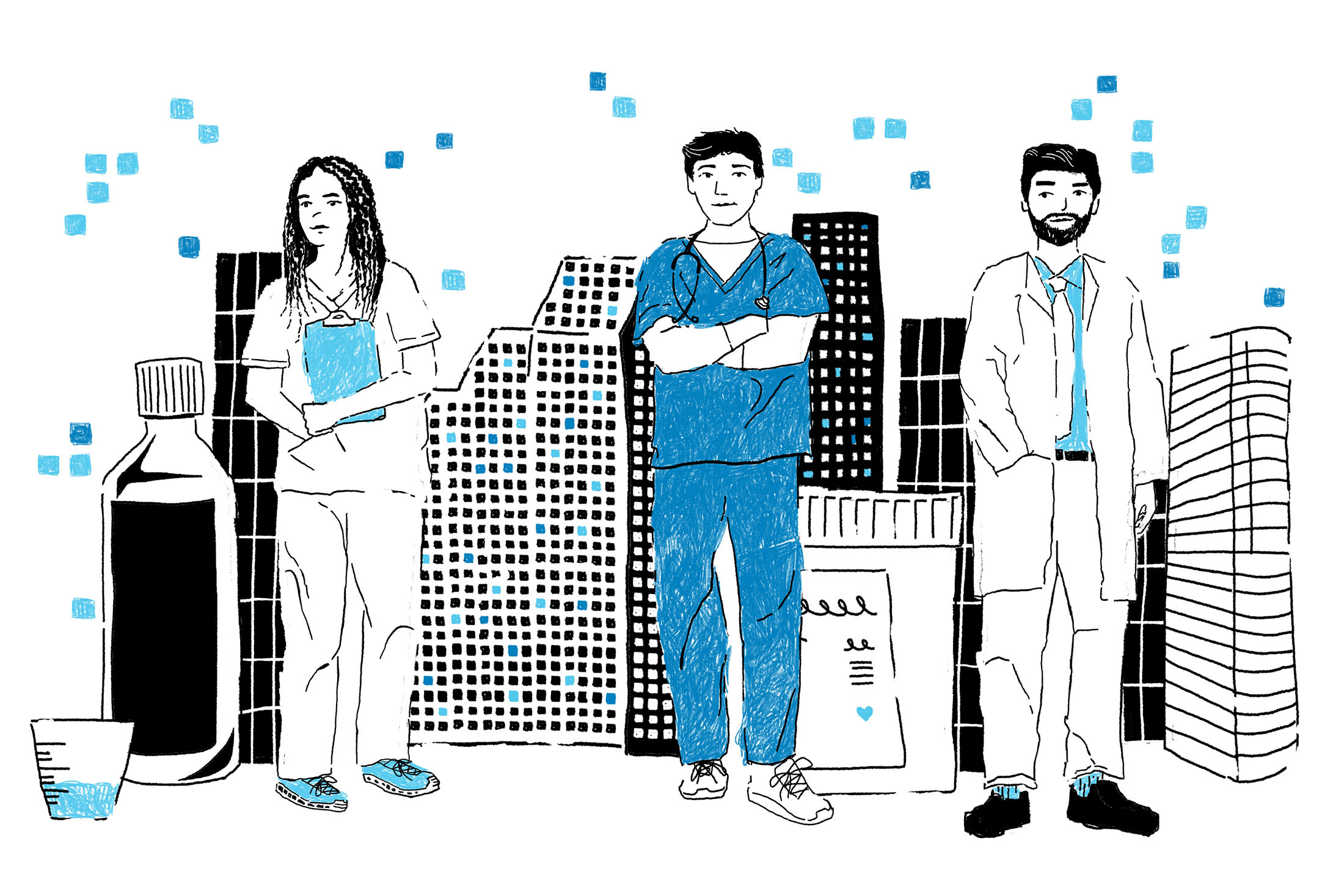The Nebraska We Aren't Seeing, Along the Keystone XL Pipeline

A picture from photographer Eric Kayne' exhibit, In The Path of the Pipeline, at the Houston Center for Photography.
Image: Eric Kayne
Eric Kayne, a Houston-based freelance photographer, is picking up a different beat at Houston Center for Photography. The ongoing display, In The Path of the Pipeline—which is Kayne’s first exhibit since a coffee shop during his undergrad years at The University of Texas at Austin—is vaulting the lauded photojournalist to new heights.
Kayne began researching his path for, what at the time was only, a personal project, in early 2013. Since then, the project has received the 2016 Carol Crow Memorial Fellowship, first place in the Photo District News’ Storytellers competition in the environment category, a Choice Award from the Center Santa Fe and a slot in the American Photo 31. “I didn’t see a story that was humanizing,” Kayne says. “By the time I got there it had been an issue for five years.”
While Kayne gushes about some of his fellow photographers’ ability simply, “go out into the wilderness and shoot,” he vies for order and structure; anything less leaves him scattered. His previous personal project, where he ventured into East Texas for a week, was nerve-racking. Asking Texans, especially East Texans, for candid photos on their property made him anxious.
Whether it was a school paper or freelance, Kayne thrived when assigned. Yet, In the Path of the Pipeline was a reversal for the typically shutter-shy photographer. Remaining in a structure of: 10 miles or less from the Keystone pipeline in Nebraska, Kayne caught the intimate breadth of Nebraska without hesitation—and without the ability to check for the right shot. Having used a film camera, Kayne voided his ability to be constantly checking his frames. “At some point you have to move on…and you have to be able to anticipate people’s actions,” says Kayne.
This is what Kayne did flawlessly. From the 11 photos on display at HCP to the dozen more on his website (to the hundreds more he’s developed), Kayne captures not just people’s moments but moments of place. “People had legitimate concerns,” Kayne says. “They were more like stewards…the land had been in families for generations; there is no amount you could’ve paid them.”
But the project wasn’t about advocacy or shaming. While many of the subjects were opposed or at least worried about the pipeline, Kayne strived to tell both sides and at the very least just tell the untold story. “These are people who don’t have disposable income to tell their story,” Kayne says. “Their land isn’t just some political football or abstract concept.”
The unrestrained intimacy each shot has, with or without a subject, is inherently valuable and speaks for itself as humanizing-venture. Kayne demure as ever, says there were some selfish artistic motives along with the altruistic. He maintains that personal projects, aren’t about the money (with two Nebraska trips and upwards of 200 rolls of film this one certainly cost) but how photographers “show what they can do when let to their own devices.” “We are all blind to some things; photography helps.” Kayne says, “It’s about the story.”
Thru July 10, from 11 a.m. - 9 p.m. Free. Houston Center for Photography, 1441 W. Alabama St. 713-529-4755. hcponline.org




